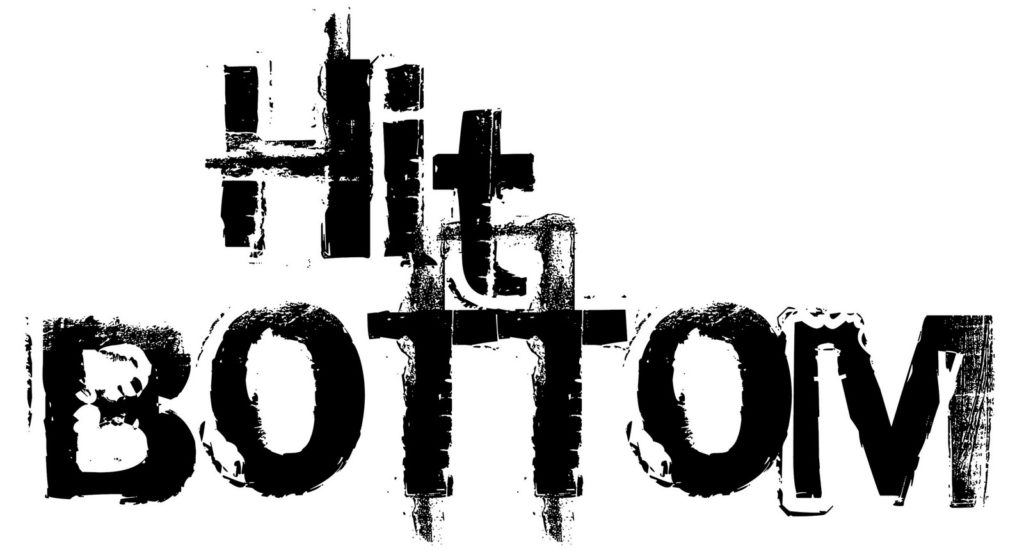Since Step One requires an admission that our lives have become unmanageable, how could people such as these take this Step? …
It was obviously necessary to raise the bottom the rest of us had hit to the point where it would hit them. By going back in our own drinking histories, we could show that years before we realized it we were out of control, that our drinking even then was no mere habit, that it was indeed the beginning of a fatal progression…
Why all this insistence that every AA must hit bottom first? The answer is that few people will sincerely try to practice the AA program unless they have hit bottom.
When I read this, I ask myself, “Have I hit bottom?” Sometimes, when I am in the midst of my addictive thinking, I am asked this same question by others too, “Have you truly hit bottom?” Sometimes we are asked this with additional rhetoric, such as, “What does it take? Does it take losing your job? Losing your wife? Losing your kids? Losing your family? Losing your life?”
Personally, I believe one’s bottom is ever moving and ever changing. The only true bottom is the “bitter end,” from which sadly there is no return. Depending on one’s social, financial, mental, physical, and/or spiritual place, one’s bottom could be as high as marital discord or as low as losing everything and being homeless. Regardless of where one finds their bottom, the felt pain is both unique and the same as all other addicts felt uniquely; in a unique time, in a unique situation, and in a unique person. The only requirement for working the steps or being a member of any 12 step group is the desire to stop ____. In our case, this desire can be a desire to stop seeing prostitutes, having affairs, looking at pornography, masturbation, emotional affairs, sexual anorexia, or even sexual mental fantasies. None are worse than the other; none are better than the other. All are painful. All cause some level of suffering/pain to oneself and to others.
Step One is designed to show me and to remind me of the depth of the pain I’ve caused on myself, on others, and to God. In therapy groups, 12 step meetings, and in other recovery-related meetings like Celebrate Recovery, this step is first modeled where members speak openly and honestly about their acting out histories. These models create a safe environment and demonstrate similar behavior and thoughts that I can relate. But regardless of whether I see a good step one modeled before me, I still can take certain steps to ensure a solid step one. In step one, the bottom serves as the ultimate picture of unmanageability and powerlessness.
Here are some questions for thought or even journaling…
- Have you hit your bottom?
- hat was/is your bottom?
- How did knowing your bottom help you take Step One?
